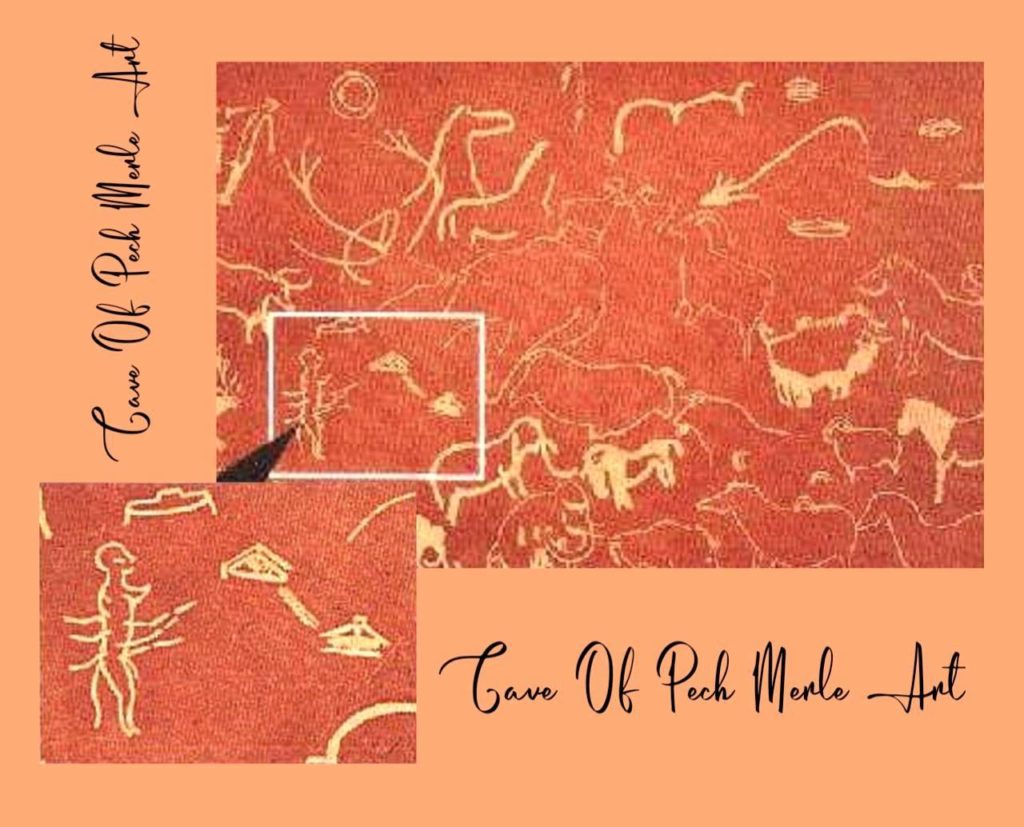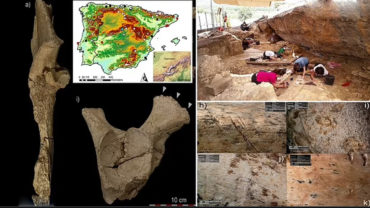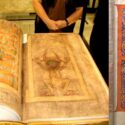These 8 Mysterious Ancient Arts Seem To Prove The Ancient Astronaut Theorists Right
What impact did ancient astronauts have on Earth man if they did land here? Perhaps they were revered, feared, and loved, or they opened doors to untold knowledge or served as a primary reliever. If we accept the assumption that aliens from another culture arrived here eons ago, several of our ancient riddles take on new and unexpected dimensions.
There are locations on Earth where life has remained mostly untouched and ancient. Nearly seven decades ago, robots fell from the skies to settle on isolated South Pacific islands. The incursions perplexed and terrified the older adults. The visitors were light-skinned animals that never hunted or ate fish. They had to be Gods since they came from heaven. They were, in reality, American troops stationed at important airfields and military installations during WWII.
When the conflict was done, they returned to the sky. The Indians began building straw and bamboo aircraft chassis. They studied the heavens day and night for decades, watching and waiting for their return. It illustrates the scene of a meeting between primitive people and strangers from a technologically advanced culture.
Every man was once a savage. Is it feasible that our forefathers responded similarly to visitors from space? The universe is a repository and archive of mysterious events, enormous creations, unusual historical artifacts, and artworks. This essay will discuss some of these historical arts that reflect something strange that occurred on Earth in the distant past.
1 | Painting In The Cave Of Pech Merle, France

The engravings in the Pech Merle cave near Le Cabrerets, France, portray a field of various wild creatures, among which is a strange-looking humanoid construction with limbs and a tail. There is no reason to suppose that this figure was made up because all the other animals in the image can be identified. Three flying things are also depicted in this artwork, which was created between 17000 and 19000 years ago.
2 | Niaux Caves Arts, France

As seen in sci-fi movies, what appears to be an outline schematic of a spaceship is a cave drawing discovered in France’s Niaux caverns. This Paleolithic cave artwork was created between 13,000 and 10,000 years ago.
3 | Val Camonica Cave Paintings, Italy

One of the numerous drawings in Val Camonica depicts human or humanoid beings with what appear to be halos around their entire heads. Some lines seem to indicate light emanating from these rings. Aside from this, several other rock paintings are thought to date back to roughly 10,000 BCE. They also resemble individuals dressed in spacesuits or old-school dive gear. Either way, it would be odd. According to proponents of ancient extraterrestrial ideas, these are early portrayals of alien encounters.
4 | Sego Canyon Petroglyphs, Thompson, Utah

The Sego Canyon petroglyphs near Thompson, Utah, are an excellent example of prehistoric rock art. The site has skills from at least three indigenous cultures dating back over 8,000 years. Some of these artworks depict buffalo, horses, and white people. Others are more bug-eyed and unusually formed. Many people think they are drawings of ancient aliens. Some of this bizarre artwork date back to 6000 BCE.
5 | Tassili n’Ajjer Arts, Sahara desert, Algeria

These figures likewise do not appear to be human. Notice the similar halo-like thing surrounding the head in the first image that we see in several other paintings from throughout the world. These cave paintings are from Tassili in North Africa’s the Sahara Desert. These two paintings are from 6000 and 7000 BCE, respectively.
6 | Wandjina Rock Arts, Kimberley, Australia

The Wandjina Rock Art in Australia is the continent’s most outstanding example of ancient aliens in art. These cave paintings date from around 3,800 BCE. These works of art have several big-eyed, strangely formed humanoids. These artworks were essential to Aboriginals, who refreshed the paint so frequently that some locations had hundreds of layers of paint. These are some of the oldest paintings in Australia representing what the local Aborigines call the Wandjina or weather spirit. The question is whether these works portray aliens.
7 | The Helicopter Hieroglyphs, Temple Of Seti I, Egypt

The beautiful Great Pyramids of Giza are famous fuel for conspiracy theories, and the entire ancient Egyptian civilization has been tied to weird extraterrestrial conspiracies somehow. A collection of unique hieroglyphs in the 3,000-year-old Temple of Seti in Abydos, Egypt, is one of the most persuasive pieces of evidence that aliens did assist raise the ancient civilization.
The symbols have become known as the “Helicopter Hieroglyphs” among conspiracy communities for allegedly depicting uncanny images of what looks to be a helicopter and future aircraft. According to conventional archaeologists, the symbols are the product of typographical mistakes. Many people believe they were left behind by time travelers, whereas Ancient Astronaut Theorists believe they were placed there to honor alien visitors.
8 | The Sarcophagus Lid Of Mayan King Pascal

Ancient Mayan artwork’s elaborately detailed weaving and geometric motifs are well known. The tomb lid of Mayan ruler Pacal, produced in the 7th century AD, is a monument to the Mayans’ talent. However, Erich von Däniken’s 1968 book Chariots of the Gods pointed out that, far from being a luxurious coffin, the sarcophagus bears references to alien UFOs.
Mr von Däniken believes the primary figure in the tomb is an extraterrestrial creature riding what seems to be a rocket or some form of the spaceship control center. “In the middle of the frame is a man seated, leaning forward,” he wrote. He wears a mask over his nose, manipulates controls with his two hands, and the heel of his left foot is on a type of pedal with various settings. The back half is split from him; he is seated on a sophisticated chair, and outside of this entire frame, you can see a little flame that looks like an exhaust.”



